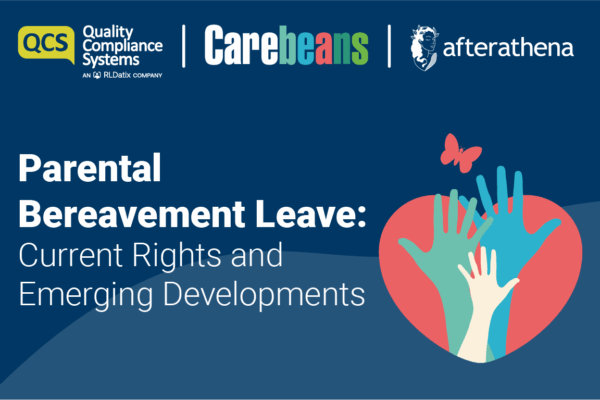 When is a disclosure a “Protected Disclosure”?
When is a disclosure a “Protected Disclosure”?
The Employment Rights Act 1996 contains provisions which protect employees and workers from suffering an unlawful detriment for making a “protected disclosure”. It is therefore essential, particularly in the care and health sector, that employers are aware of when a disclosure by an employee or worker could be deemed to be a protected disclosure.
For the purposes of the whistleblowing provisions an unlawful detriment includes threats, differential treatment to other workers, disciplinary action, loss of work or pay and damage to career prospects. If an employee is dismissed as a result of making a protected disclosure they will be entitled to claim unfair dismissal. It is not necessary for the employee to have the normally required two years’ service to make the claim for unfair dismissal as dismissal for reason of making a protected disclosure is an automatically unfair reason for dismissal. In addition the Employment Tribunal are not restricted by the usual upper limit on compensation. The same applies should the employee claim constructive unfair dismissal or unfair dismissal as a result of being selected for redundancy due to making a protected disclosure.
What is a disclosure?
A disclosure can be made to an employer verbally or in writing. Employers should therefore be wary of any disclosure made verbally given the potential for dispute over what exactly has been said. A vigilant employer will request that the employee or worker provides their disclosure in writing. This is one the benefits of having a well-drafted whistleblowing policy in place so that employees and workers know exactly what is expected of them when making a disclosure.
The next step is to look at the content of the disclosure. Not every disclosure will attract protection. The disclosure must be a “Qualifying Disclosure”.
Qualifying Disclosure
In order to be a qualifying disclosure the information disclosed must, in the reasonable belief of the employee or worker, tend to show that one of the following has occurred, is occurring or is likely to occur:
- A criminal offence;
- Breach of any legal obligation;
- Miscarriage of justice;
- Danger to the health and safety of an individual;
- Damage to the environment; and
- The deliberate concealing of information about any of the above.
Such a disclosure no longer needs to be made in good faith, but if it isn’t made in good faith this can be a factor taken into consideration when awarding any damages.
Protected Qualifying Disclosure
There is one final step before the whistleblowing provisions of the ERA 1996 will be engaged. Once there has been a disclosure and that disclosure falls within the list of Qualifying Disclosures the employer must then consider whether the disclosure is a disclosure of ‘information’. Unfortunately, this is the area which has very recently become much less clear.
A number of years ago, the Employment Appeal Tribunal considered what is meant by a disclosure in the case of Cavendish Munro Professional Risks Management Ltd v Geduld which held that a protected disclosure was the giving of information which “conveyed facts”. The Tribunal gave a helpful example for how this would work in practice:
“In the course of the hearing before us, a hypothetical was advanced regarding communicating information about the state of a hospital. Communicating “information” would be “The wards have not been cleaned for the past two weeks. Yesterday, sharps were left lying around”. Contrasted with that would be a statement that “you are not complying with Health and Safety requirements”. In our view this would be an allegation not information.”
It can be seen from this example that the latter disclosure could still be a Qualifying Disclosure as it falls within the six categories outlined above. However, the Tribunal did not consider that it would be a Protected Qualifying Disclosure because it conveyed no information and was a mere allegation.
However, the decision in Cavendish Munro has recently been reassessed and has arguably made things less clear for employers. In Kilraine v London Borough of Wandsworth the EAT urged caution by Tribunals in attempting to categorise a disclosure as either a disclosure of information or a mere allegation. Langstaff J said:
“I would caution some care in the application of the principle arising out of Cavendish Munro… The dichotomy between “information” and “allegation” is not one that is made by the statute itself. It would be a pity if Tribunals were too easily seduced into asking whether it was one or the other when reality and experience suggest that very often information and allegation are intertwined… The question is simply whether it is a disclosure of information. If it is also an allegation that is nothing to the point.”
What this means for employers
Employers should be vigilant in light of the decision in Kilraine when considering whether a disclosure amounts to a Protected Qualifying Disclosure. It is now not the case that allegations can be dismissed out of hand. There needs to be a consideration of the substance of the disclosure to determine if it amounts to information. An allegation and information are not mutually exclusive. If there is any doubt whatsoever then the employer should seek legal advice.






